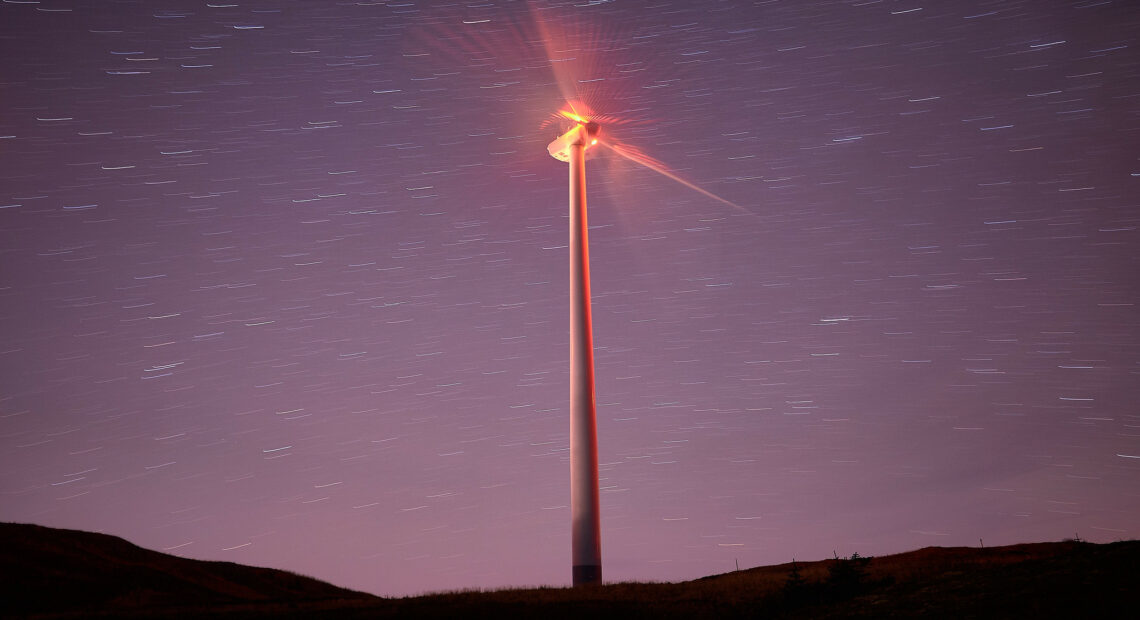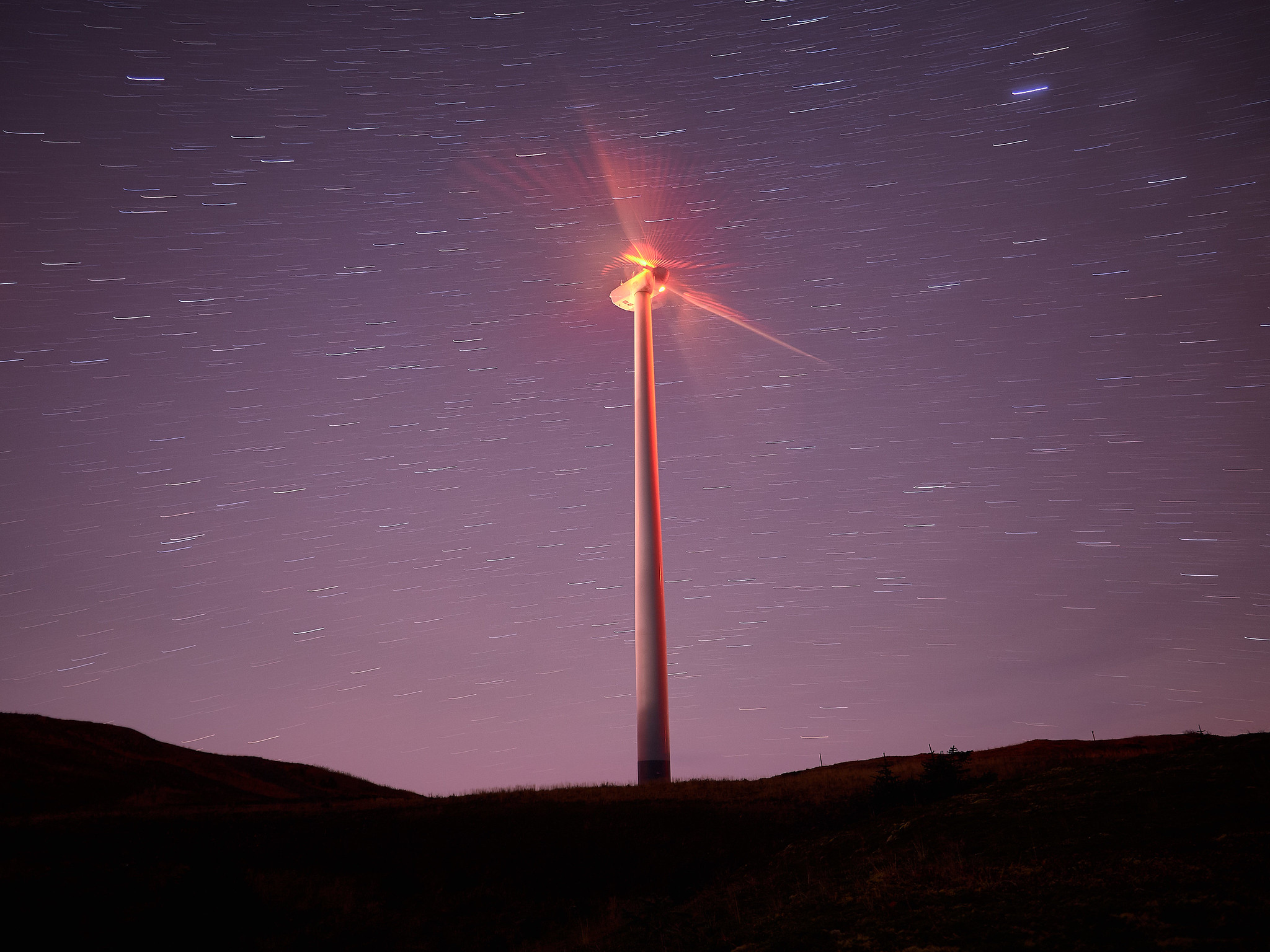
Washington bill would restrict blinking nighttime lights on wind turbines
Listen
(Runtime 1:09)
Read
Tri-Cities area residents have called the blinking red lights on top of wind turbines hypnotic, distracting and a nuisance.
While the lights are necessary to keep aircraft safe, Washington state Rep. April Connors, R-Kennewick, said it’s not necessary for them to flash from sundown to sun up.
“The first time that I saw those blinking lights, I actually reached over to my husband because I didn’t know what was going on, and I was wondering if we had UFOs landing on our hillsides,” Connors said Monday during a public hearing on H.B. 1173.
Those flashing lights don’t match up with the beauty and rural character of the surrounding landscape, Connors said.
That’s why she’s proposing a bill that would limit the time wind turbine lights flash at night. H.B. 1173 would require all new wind projects to install an aircraft detection lighting system. The bill also would require existing turbines to be retrofitted with the system.
“It’s a monitoring system that works with the radar on the airplanes that when they’re close by, the lights turn on. When the airplanes go safely by, they turn back off,” Connors said.
According to guidelines from the Federal Aviation Administration, aircraft detection lighting systems reduce the effects of lighting systems on nearby communities and migratory birds. The detection systems also help the lightbulbs last longer.
To keep aircraft safe, the detection system should have a clear view, so the system adequately covers the entire airspace, according to the guidelines. The detection system must activate the red flashing lights in enough time for the lights to synchronize and flash simultaneously before the aircraft reaches the turbines. That’s at least three miles horizontally and at least 200 feet vertically before the aircraft reaches the turbines. The lights must remain on until the aircraft has left the area, according to the guidelines. If the system fails, the red flashing lights should automatically turn on.
These sorts of detection systems are becoming more common at wind energy projects across the United States, including in Wyoming, New Hampshire and North Dakota.
In Germany, onshore wind projects must have aviation detection lighting systems starting this year. Offshore wind projects must have these systems in place in 2024.
In Washington, this bill would require aircraft detection lighting systems on all new wind facilities by Jan. 1, 2025, and on all existing facilities by Jan. 1, 2026.
For several people who spoke at the public hearing, the detection systems would come as a relief.
A large wind, solar and battery farm, the Horse Heaven Hills Clean Energy Center, could emit light pollution that would disproportionately affect people in the Tri-Cities and Benton County, said Kennewick resident Paul Krupin at the hearing. The Horse Heaven Hills renewable energy project is under consideration by Washington’s Energy Facility Site Evaluation Council, which will make a recommendation to Gov. Jay Inslee about the project’s approval.
“Over 100,000 people live within six miles of the turbines in numerous fast-growing residential communities, mostly inside city limits,” Krupin said.
Richland resident James Conca said most wind farms aren’t located so close to population centers. Reducing the time lights on top of turbines blink red could help, he said.
“The warning lights only need to be on when there are aircraft nearby, something that occurs nearly 2 or 3% of the time,” Conca said.
However, at the hearing, business groups neither supported nor opposed the project. Retrofitting existing wind projects could come at a steep cost, said Peter Godlewski, who represented the Association of Washington Businesses.
“We do have some concerns that the costs of this program implementation, particularly retrofits, would be passed on to our members in the form of higher power rates,” he said.
According to a fiscal analysis, if passed, the bill could cost the state around $846,000 for the Department of Ecology to establish light mitigation requirements for new and existing wind facilities.
In addition, Godlewski raised concerns that the detection systems could make siting wind facilities more complex.
If the bill is approved, Connors said, the aircraft detection lighting systems could help preserve the rural character and landscape of areas that will see more renewable energy development in the coming years.
For example, she said, the wind turbines proposed at the Horse Heaven Hills project could change the region’s landscape.
“The (wind turbines) that they’re proposing in Eastern Washington are as tall as the Space Needle,” Connors said. “Those lights will be visible for far longer, interrupting night skies.”
















